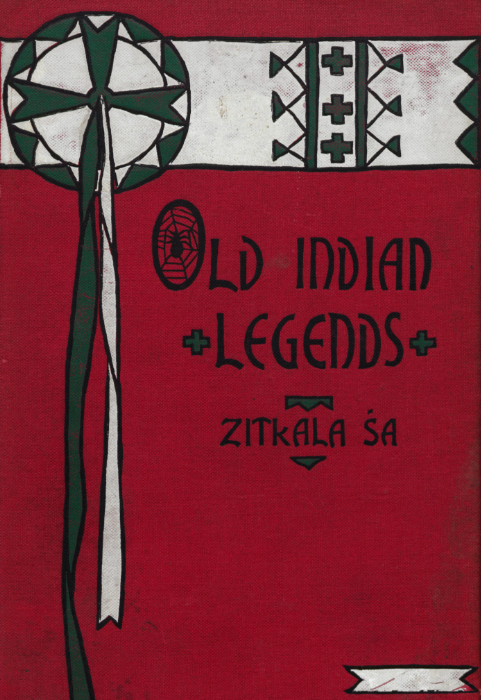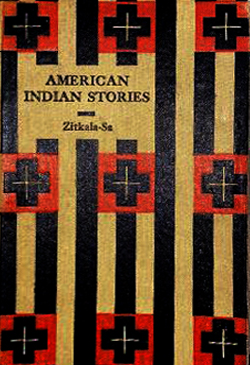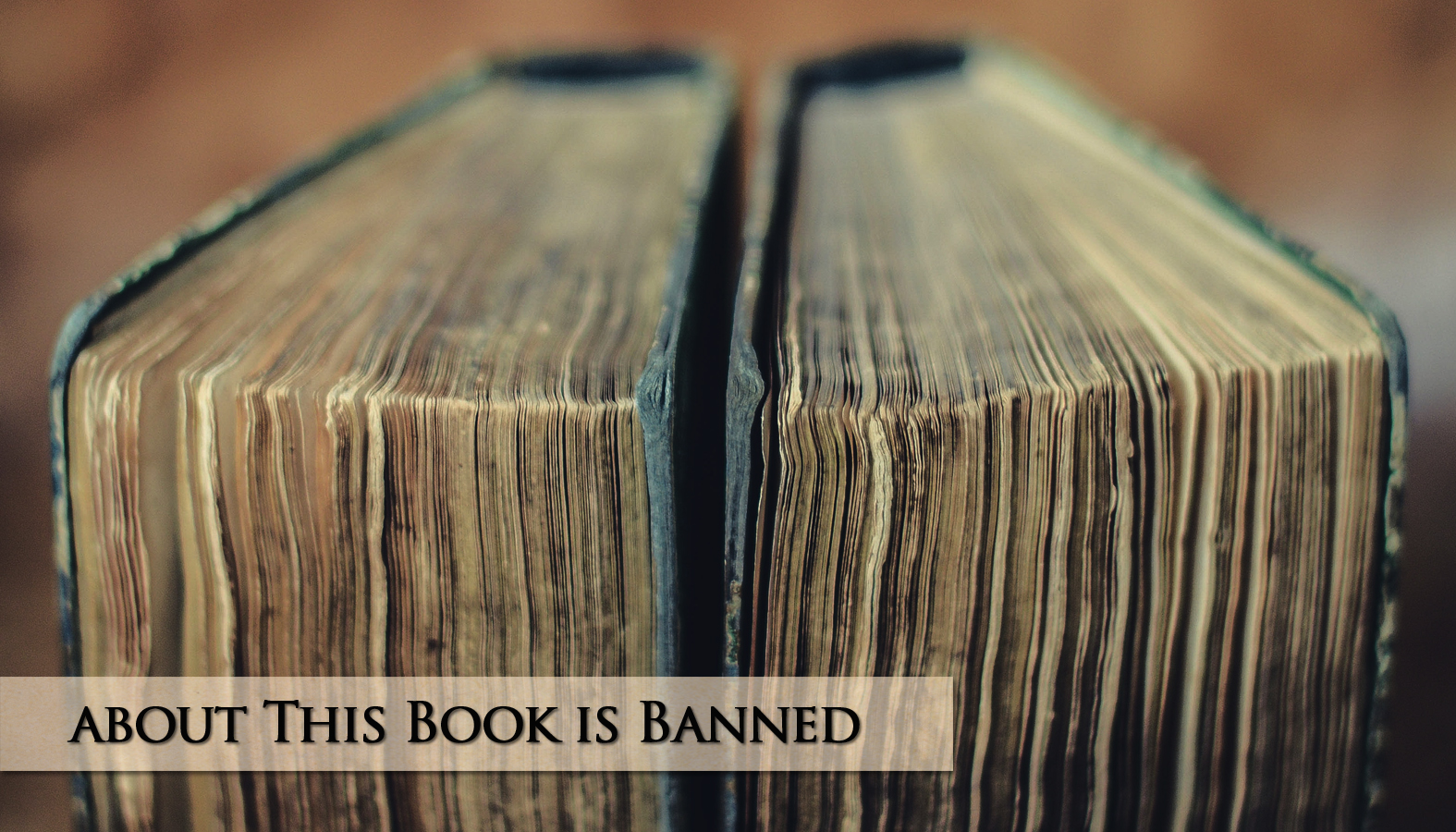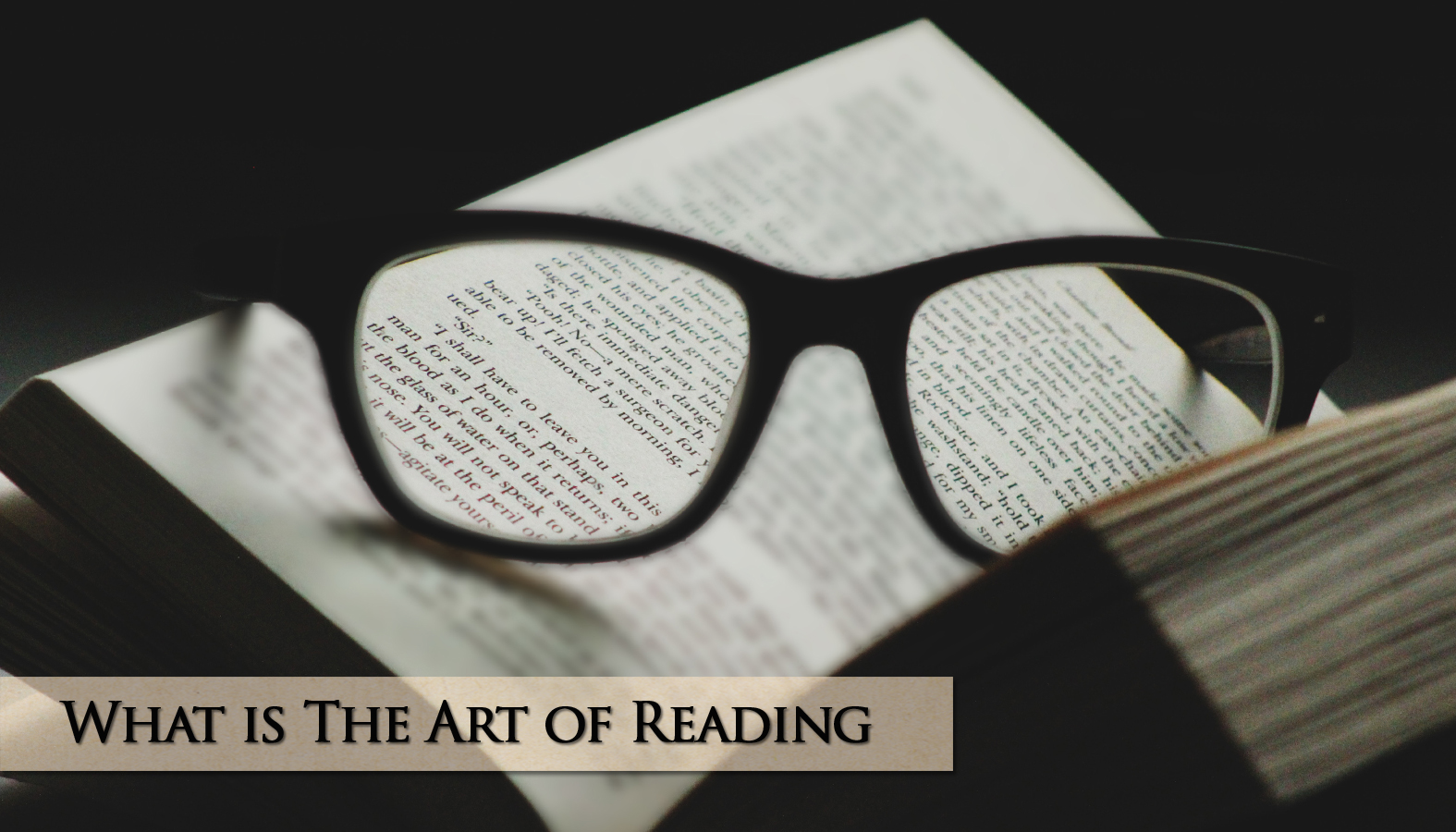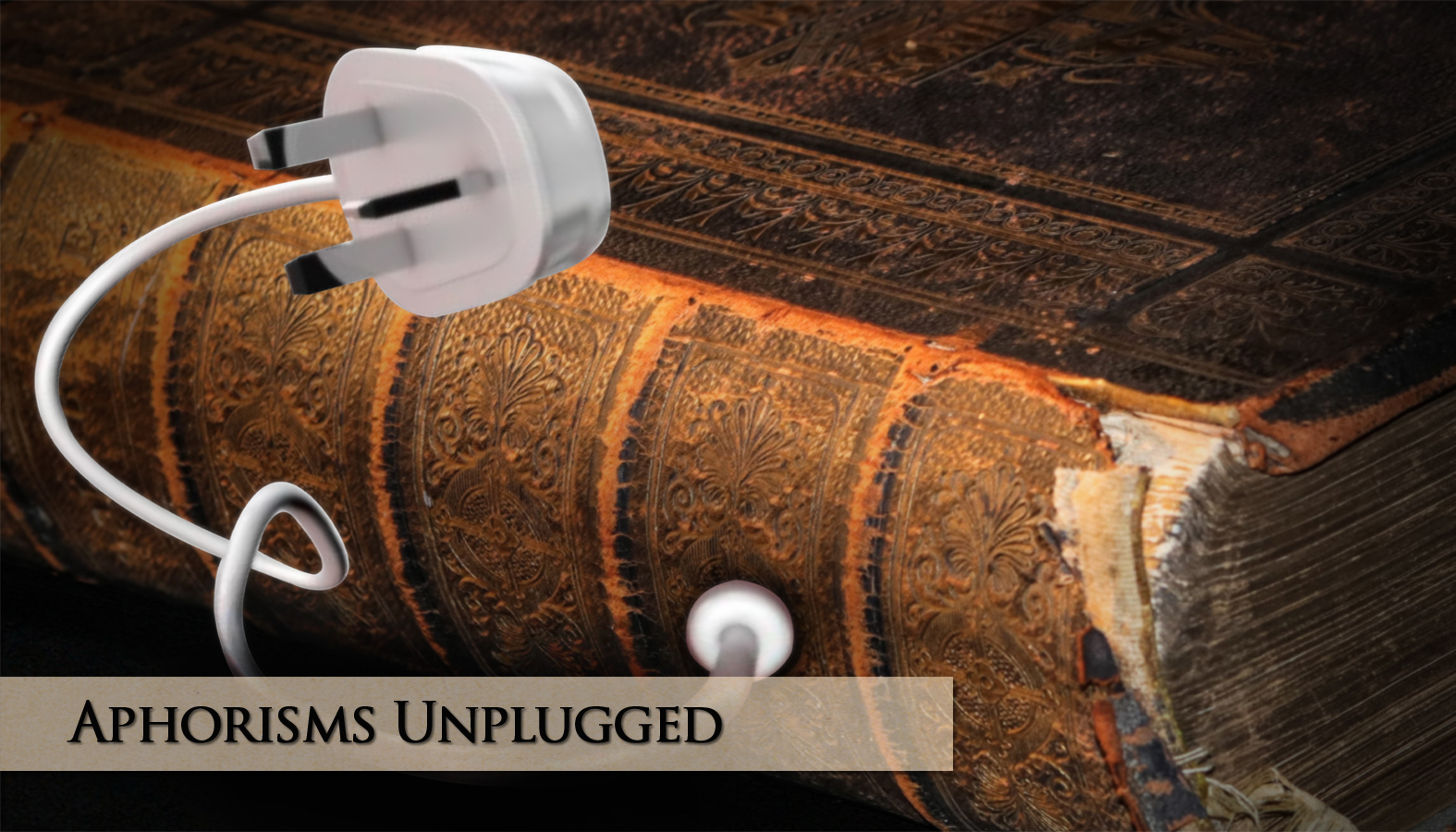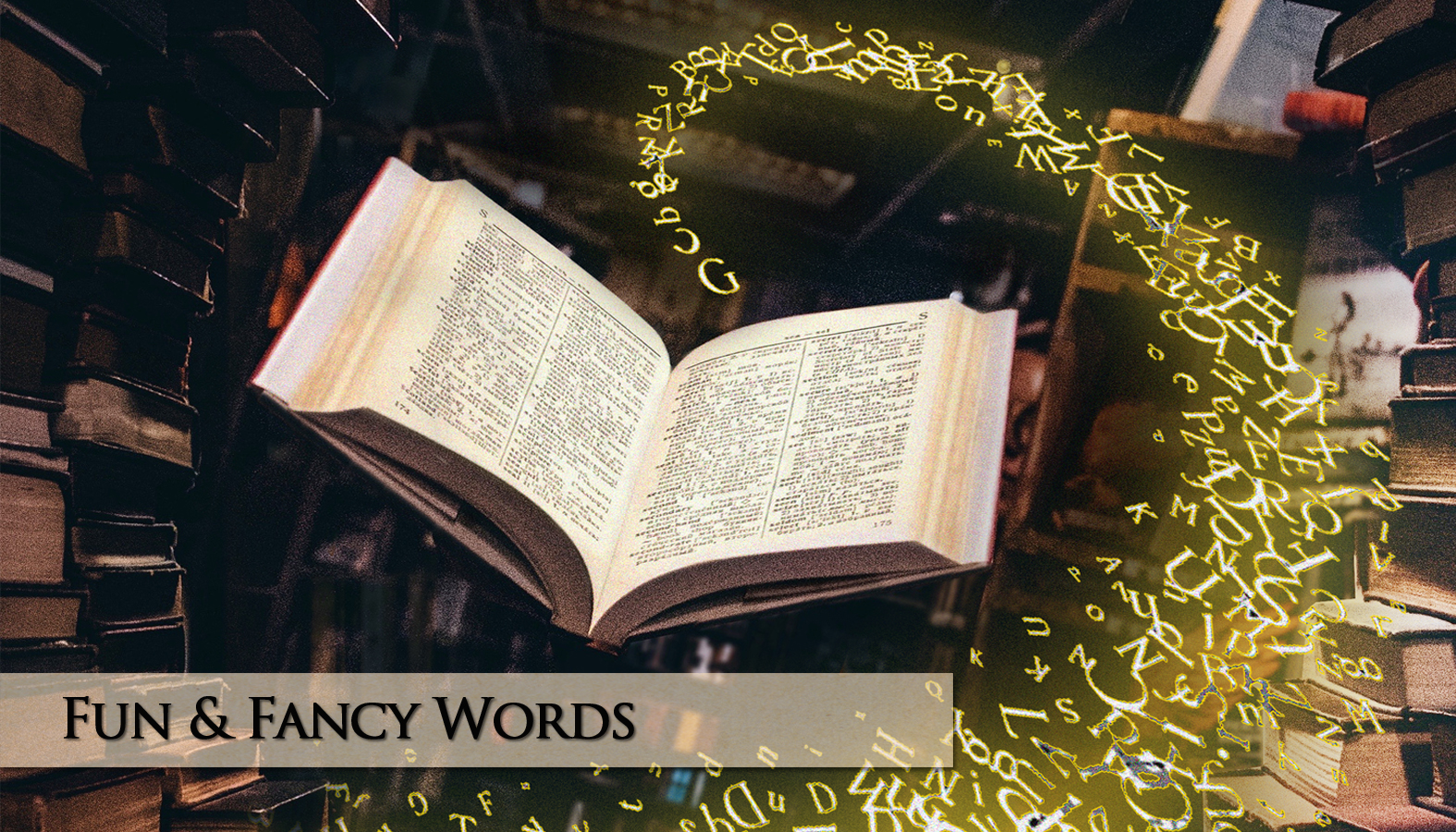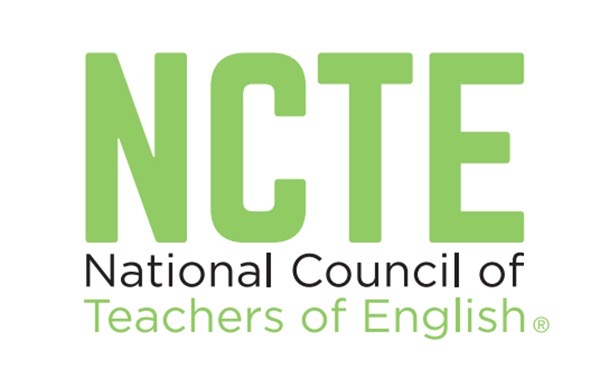It’s Native American Heritage Month: Shining a spotlight on Zitkála-Šá
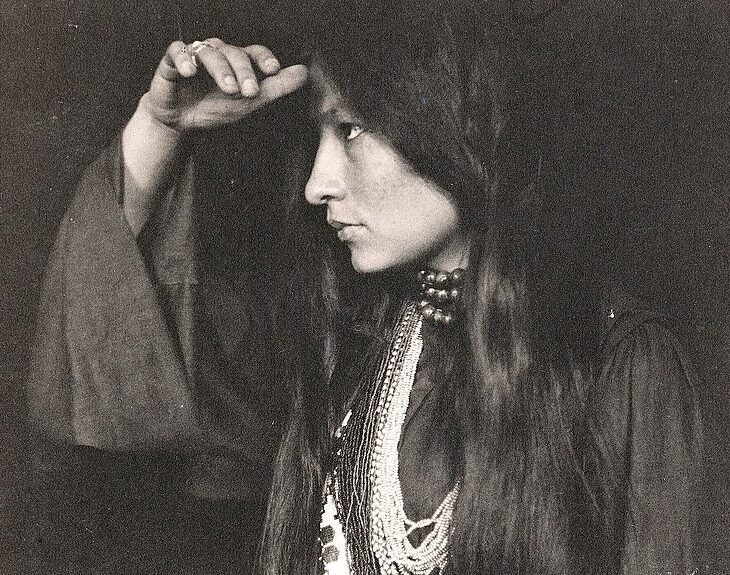
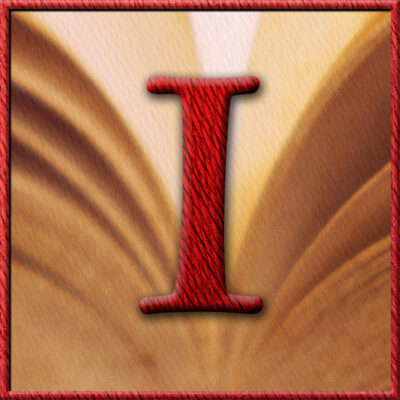
t’s Native American Heritage Month! November has been designated as a time to recognize the contributions, and unique, essential achievements of Native peoples both past and present.
Examples of fundamental contributions to our society include:
- Native Americans cultivated corn to make it more edible and bountiful. Then they taught European colonists how to grow it.[1]
. - We can thank Native Americans for baby bottles and infant formula too.[2]
. - And then, there’s American democracy itself. Delegates to the Constitutional Convention drew inspiration from the centuries-old Iroquois Confederacy.[3]
Native American communities have passed down rich cultures, traditions, knowledge, and ways of life since time immemorial. Also noted in this year’s presidential Proclamation on National Native American Heritage Month is the difficult historical fact that:
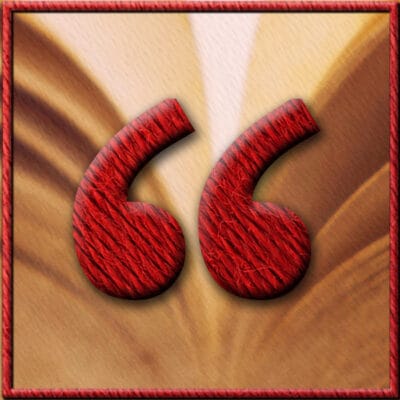
Native people were pressured to assimilate, banned from practicing their traditions and sacred ceremonies, and forced from their homes and ancestral homelands.[4]
So, we’re shining a spotlight on Zitkála-Šá (pronounced Zit-KAH-la-shah), because her compelling accounts of life during this period and growing up in an Indian boarding school, are among the first not to be filtered through a translator.[5] Her books may not have been banned, but she wrote about traditions that were.
Born in 1876 (the same year as Little Big Horn), Zitkála-Šá (which means Red Bird in the Lakota language) was a Yankton Dakota educator, writer, translator, editor, musician, and political activist. In fact, she’s considered one of the most influential Native American activists of the 20th century.[6]
Also known by her Anglicized and married name Gertrude Simmons Bonnin, Zitkála-Šá was an active member of the Society of American Indians, the first national American Indian rights organization run by, and specifically for, American Indians.[7]
She was also a co-founder of the National Council of American Indians, established in 1926 to advocate for Native people and the civil rights they had long been denied – United States citizenship in particular. She served as president of the council until her death in 1938.[8]
Zitkála-Šá was among the post-Wounded Knee generation of Sioux resistance fighters who realized there was little chance of restoring traditional ways. And, understood that the militant defense that had temporarily sustained a modicum of sovereignty was no longer an option.
So, she used the tools her historical period offered. Utilizing rhetoric, writing, organization, lobbying, and activism, she formulated a response to white rule that called for Indian cultural renewal and political independence.[9]
She sharply criticized the practices of Indian boarding schools she grew up in, highlighting the grievous loss of tribal culture that results from these schools’ assimilationist practices. Concerned about the effect such culture-squashing tactics were having on the tribe’s children, Zitkála-Šá’ set out to become the literary counterpart of her tribe’s oral storytellers:

…while the old people last I want to get from them their treasured ideas of life. This I can do by living among them.[10]
.
The stories she collected became her first book Old Indian Legends, which retells stories of Sioux mythological and trickster figures.
Zitkála-Šá also wrote autobiographical stories, allegorical fictions, and essays, which were printed in national publications such as Atlantic Monthly, and Harper’s. This collection of writings became her second book American Indian Stories.[11]
And she wrote the libretto for an opera based on the Sun Dance, Wiwáŋyaŋg Wačípi, the most important ceremony practiced by the Lakota (and nearly all Plains Indians), which was banned by the U.S. government in 1883.[12]
The preface Zitkála-Šá wrote for Old Indian Legends parallels sentiments present in Rudine Sims Bishop’s landmark article Mirrors, Windows, and Sliding Glass Doors.[13]

These legends are relics of our country’s once virgin soil. These and many others are the tales the little black-haired aborigine loved so much to hear beside the night fire.
For him the personified elements and other spirits played in a vast world right around the center fore of the wigwam.
Iktomi, the snare weaver, Iya, the Eater, and Old Double-Face are not wholly fanciful creatures.
There were other worlds of legendary folk for the young aborigine, such as “The Star Men of the Sky,” “The Thunder Birds Blinking Zigzag Lightning,” and “The Mysterious Spirits of Trees and Flowers.”
Under an open sky, nestling close to the earth, the old Dakota story-tellers have told me these legends. In both Dakotas, North and South, I have often listened to the same story told over again by a new story-teller.
While I recognized such a legend without the least difficulty, I found the renderings varying much in little incidents. Generally one helped the other in restoring some lost link in the original character of the tale. And now I have tried to transplant the native spirit of these tales – roots and all – into the English language, since America in the last few centuries has acquired a second tongue.
The old legends of America belong quite as much to the blue-eyed little patriot as to the black-haired aborigine. And when they are grown tall like the wise grown-ups may they not lack interest in a further study of Indian folklore, a study which so strongly suggests our near kinship with the rest of humanity and points a steady finger toward the great brotherhood of mankind, and by which one is so forcibly impressed with the possible earnestness of life as seen through the teepee door! If it be true that much lies “in the eye of the beholder, then in the American aborigine as in any other race, sincerity of belief, though it were based upon mere optical illusion, demands a little respect.
After all, he seems at heart much like other peoples.[14]
.
Zitkála-Šá clearly intended this collection of legends to be a mirror for the young people of her tribe, allowing them to see themselves and their culture portrayed in a loving and respectful manner.
She also makes it clear that these stories are also a window into the world of “the little black-haired aborigine” for “the blue-eyed little patriot.”[15]
And she’s hopeful that this collection of legends will function as a sliding glass door. That it will encourage the white children of her day to grow “tall like the wise grown-ups,” to see “the great brotherhood of mankind,” and understand that her people are “at heart much like other peoples.”[16]
Her books may not have been banned, but Zitkála-Šá was certainly writing about traditions that were. And she was doing so in the hope, like so many free speech activists today, that her efforts would allow a marginalized people to see themselves portrayed with respect. Also, to enlighten readers whose lives were different from those in that community. And in doing so, opening the door for empathy and mutual understanding.
Zitkála-Šá’s writings continue to be enlightening, and remain relevant – every month, not just during Native American Heritage Month.

#history #Native American Heritage Month #Zitkala-Sa
Endnotes:
[1] “Corn, Cultivation and Native Americans.” September 30, 2018. Real Archeology.
Kiger, Patrick J. “10 Native American Inventions Commonly Used Today.” October 5, 2023 History.com https://www.history.com/news/native-american-inventions
[2] Parker, Arthur C. “Iroquois Uses of Maize and other Food Plants.” Education Department Bulletin, 1910. New York State Museum. Pg 102.
[3] Little, Becky. “The Native American Government That Helped Inspire the US Constitution.” July 12, 2023. History.com.
[4] “A Proclamation on National Native American Heritage Month.” The White House. https://www.whitehouse.gov/briefing-room/presidential-actions/2023/10/31/a-proclamation-on-national-native-american-heritage-month-2023/
[5] Zitkála-Šá. Dreams and Thunder: Stories, Poems, and The Sun Dance Opera. Edited by P. Jane Hafen. Lincoln: University of Nebraska Press, 2001. Pg xii.
Lewandowski, Tadeusz. Red Bird, Red Power: The Life and Legacy of Zitkála-Šá. Norman: University of Oklahoma Press, 2016. Pg 12.
[6] Zitkála-Šá. Dreams and Thunder: Stories, Poems, and The Sun Dance Opera. Edited by P. Jane Hafen. Lincoln: University of Nebraska Press, 2001. Pg xvii. According to Dr. Craig Howe (citizen of the Oglala Sioux Tribe, and founder & director of the Center for American Indian Research and Native Studies), Šá is the ceremonial form of “red” and is closer to “scarlet.”
Baym, Nina. Norton Anthology of American Literature (7th edition). New York: W. W. Norton & Company, 2007.
[7] Rappaport, Helen. Encyclopedia of Women Social Reformers. London: Bloomsbury Academic, 2001. Pp 101-104.
[8] Baym, Nina. Norton Anthology of American Literature (7th edition). New York: W. W. Norton & Company, 2007.
[9] Lewandowski, Tadeusz. Red Bird, Red Power: The Life and Legacy of Zitkála-Šá. Norman: University of Oklahoma Press, 2016. Pp 10-16. Such demands would later be echoed during the Red Power era of the early 1970s.
[10] Letter to Carlos Montezuma dated February 20, 1901. In Fisher, Dexter. “Zitkála-Šá: The Evolution of a Writer.” American Indian Quarterly, August 1979. Vol. 5, No. 3. Pp 229-238.
[11] A collection of Zitkála-Šá’s letters, speeches, and previously unpublished writings, has recently been compiled and published as part of a series produced by the International Studies in Sociology and Social Anthropology.
[12] The Sun Dance – Wiwáŋyaŋg Wačípi. https://aktalakota.stjo.org/seven-sacred-rites/wiwanyang-wachipi-sun-dance/
[13] Bishop, R. S. “Mirrors, Windows, and Sliding Glass Doors.” Perspectives, 6 (3).
[14] Zitkála-Šá. Old Indian Legends. Boston: Ginn & Company Publishers, 1902. Pp v-vi.
[15] Zitkála-Šá. Old Indian Legends. Boston: Ginn & Company Publishers, 1902. Pp v-vi.
[16] Zitkála-Šá. Old Indian Legends. Boston: Ginn & Company Publishers, 1902. Pp v-vi.
Image:
National Museum of American History-Smithsonian.
http://americanhistory.si.edu/collections/search/object/nmah_1006125

